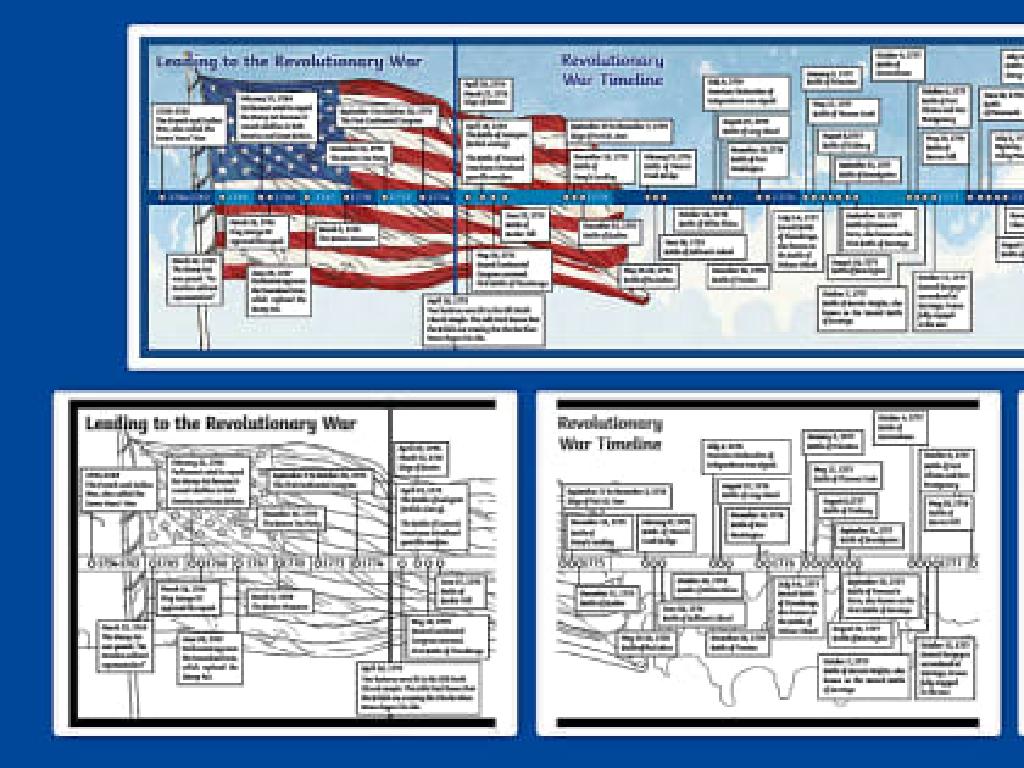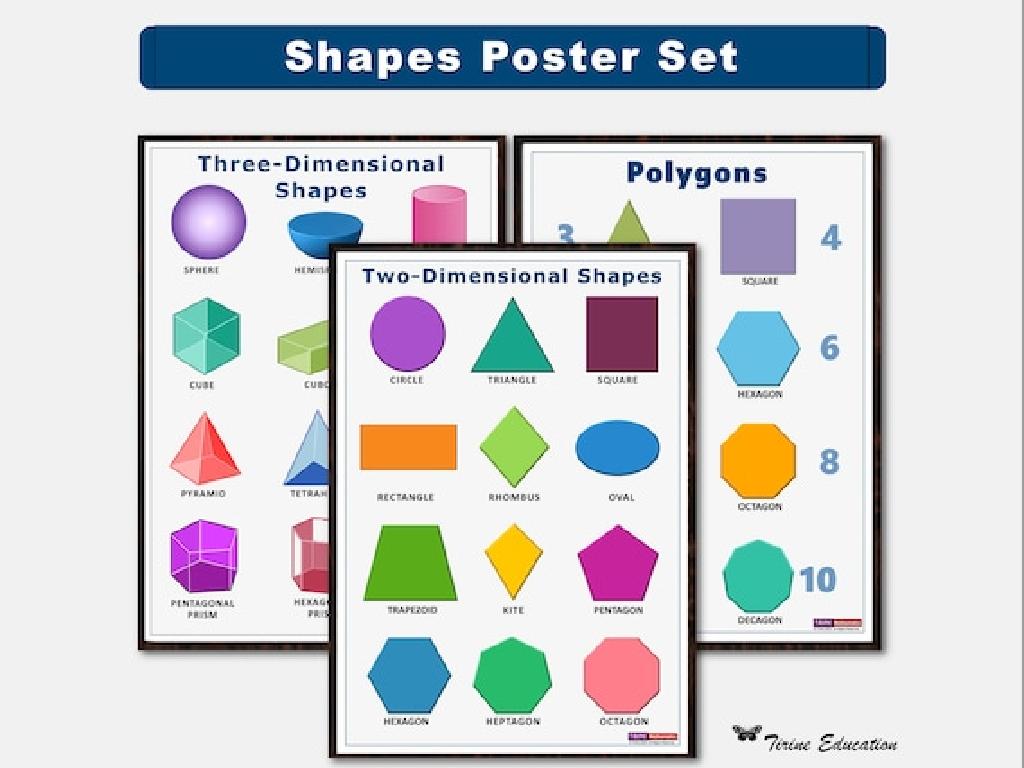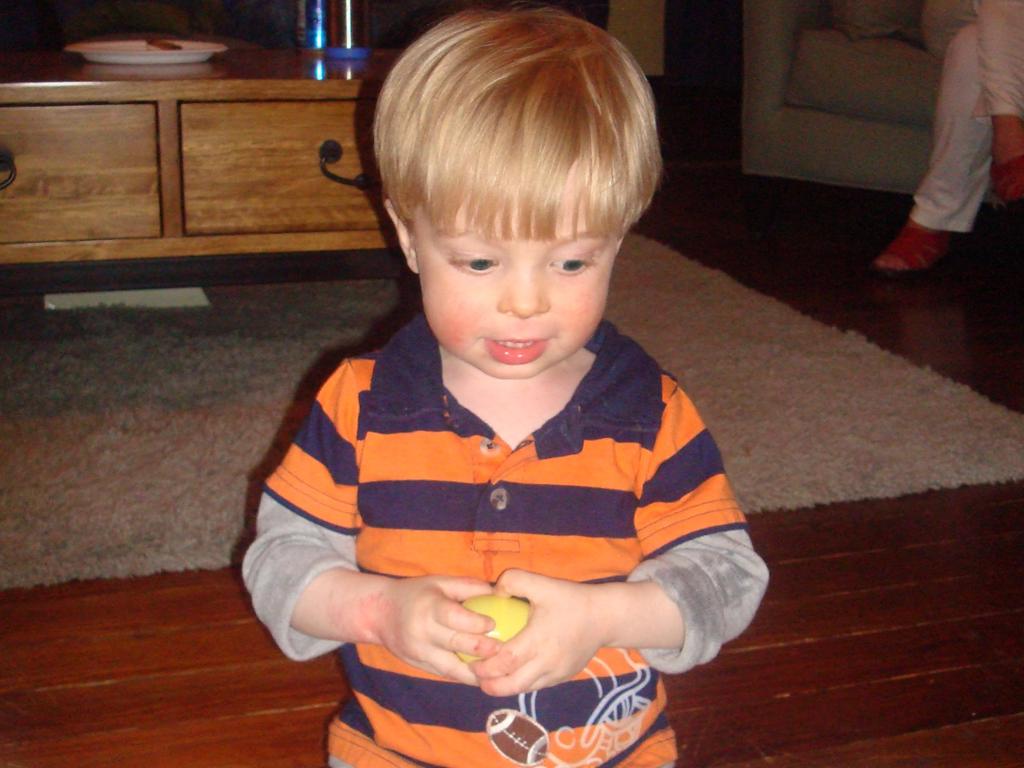Identify Living And Nonliving Things
Subject: Science
Grade: Third grade
Topic: Classification
Please LOG IN to download the presentation. Access is available to registered users only.
View More Content
Exploring Our World: Living vs. Nonliving
– What is ‘Classification’?
– Sorting things based on similarities and differences.
– Living vs. Nonliving Things
– Living things breathe, grow, and need food; nonliving things do not.
– Reasons we classify
– To understand and organize the environment.
– Examples of Classification
– Animals sorted by habitat; rocks sorted by size.
|
This slide introduces the concept of classification, which is the process of sorting things into groups based on their characteristics. Explain that living things are different from nonliving things because they need food, water, and air, and they grow and change over time. Nonliving things do not have these characteristics. We classify things to make it easier to study and understand the world around us. Provide examples of classification, such as sorting animals by whether they live on land or in water, or sorting objects in the classroom by color or shape. Encourage students to think of their own examples of living and nonliving things and how they might classify them.
Characteristics of Living Things
– Living things grow and develop
– From a seed to a tree, or a baby to an adult
– They move on their own
– Animals walk or swim, plants grow towards light
– Require food, water, and air
– Just like we need breakfast, lunch, and dinner
– Living things reproduce
– Animals have babies, plants produce seeds
|
This slide aims to help students understand the basic characteristics that differentiate living things from nonliving things. Emphasize that all living things, whether plants or animals, go through a growth process and develop over time. Discuss how movement in animals is different from movement in plants and how both are signs of life. Highlight the necessity of food, water, and air for survival, drawing parallels to the students’ own needs. Lastly, explain reproduction in simple terms, such as animals having babies and plants growing from seeds. Use examples from common household pets or plants to make these concepts relatable to the students.
Characteristics of Nonliving Things
– Nonliving things don’t grow
– They don’t need food, water, air
– Cannot move by themselves
– For example, a rock or a chair can’t move unless someone moves it
– They do not reproduce
|
This slide aims to help students differentiate between living and nonliving things by understanding the characteristics that define nonliving objects. Emphasize that nonliving things do not have the biological processes that living things do, such as growth, development, or the need for sustenance. They also lack the ability to move independently or reproduce. Use examples like rocks, chairs, or pencils to illustrate nonliving things and ask students to think of other examples. Encourage them to observe objects in their environment and classify them as living or nonliving based on these characteristics.
Exploring Living and Nonliving Things
– Observe our classroom
– Find living things here
– Plants, insects, or classmates
– Find nonliving things here
– Desks, books, or pencils
– Discuss our findings
|
This slide is meant to engage students in a practical activity to distinguish between living and nonliving things in their immediate environment. Encourage the students to look around the classroom and identify objects that are living, such as any plants, insects that might be present, or even themselves and their classmates. Then, have them identify nonliving things, which could include desks, books, pencils, and other classroom materials. After the identification process, lead a discussion where students share their findings and explain why they categorized the items as living or nonliving. This will help reinforce their understanding of the characteristics that define living things, such as growth, movement, breathing, and reproduction, compared to nonliving things which do not possess these characteristics.
Group Activity: Living vs. Nonliving Sorting Game
– Play a sorting game
– Work in groups with your bags
– Classify items as ‘Living’ or ‘Nonliving’
– Discuss your classification reasons
– Why is a rock ‘Nonliving’? Why is a plant ‘Living’?
|
This interactive group activity is designed to help students apply their understanding of the characteristics that distinguish living things from nonliving things. Provide each group with a bag containing a mix of living (e.g., small plants, insects) and nonliving items (e.g., rocks, pencils). Students will work together to sort these items into two categories: ‘Living’ and ‘Nonliving.’ After the sorting, facilitate a discussion where each group explains the reasoning behind their classification, reinforcing concepts such as growth, movement, response to the environment, and reproduction for living things. This activity encourages teamwork, critical thinking, and reinforces the lesson on classification. Prepare to guide the discussion and correct any misconceptions. Possible variations of the activity could include sorting pictures or using items found in the classroom.
Class Activity: Living vs. Nonliving Poster
– Create a two-section poster
– Draw or paste pictures
– Use magazines, printouts, or drawings
– Sort items into sections
– Decide if each item is living or nonliving
– Present poster to class
|
This activity is designed to help students visually categorize and differentiate between living and nonliving things. Provide students with poster paper and access to drawing materials, magazines, or printed images. Guide them to create two distinct sections on their posters, one for living things and one for nonliving things. Encourage creativity in their representation of items. Once completed, each student will present their poster to the class, explaining why they placed each item in its respective category. This will reinforce their understanding of the characteristics that define living and nonliving things. Possible variations of the activity could include working in groups, using a digital format for the poster, or assigning specific environments (like ocean or forest) for the students to focus on.
Conclusion: Living vs Nonliving Things
– Review characteristics of both
– Living things grow, reproduce, need energy
– Importance of knowing differences
– Helps us understand and respect life
– Quick quiz: Is a car living?
– Think about what makes something alive
– Discuss why or why not
|
As we wrap up our lesson, it’s crucial to revisit the main characteristics that differentiate living things from nonliving things. Emphasize that living things grow, reproduce, need energy, and respond to their environment. Understanding these differences is key to studying biology and respecting life. Conclude with a quick quiz to assess comprehension, asking whether a car is living or nonliving and why. This will encourage students to apply the characteristics they’ve learned to an everyday object. The discussion that follows should reinforce their understanding and allow for any final clarifications before ending the lesson.





